Below is a detailed analysis of these two operation schemes:
I. Flat Fare
Definition:
Flat fare refers to a public transportation operation model where passengers are charged a fixed fare regardless of the distance traveled.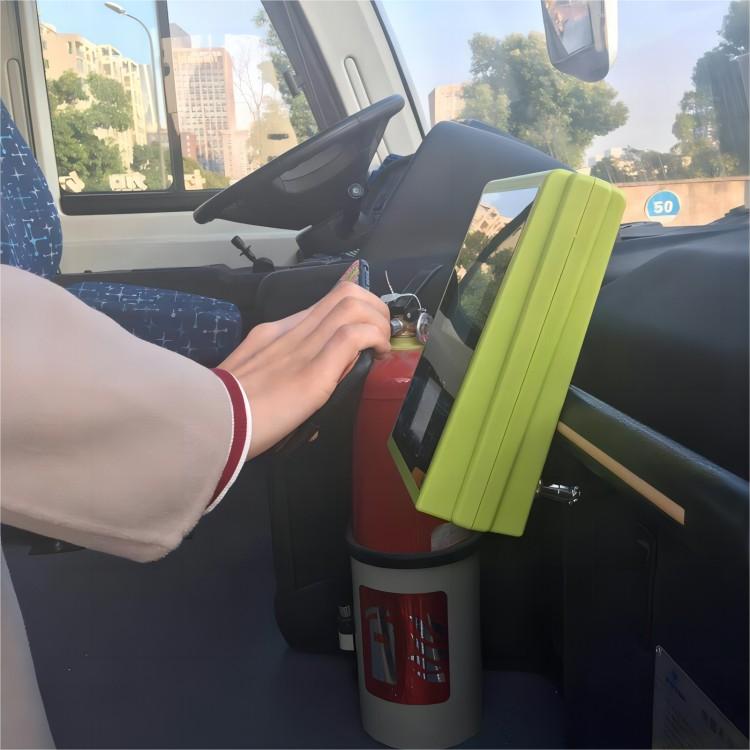
Characteristics:
Example:
Taking Haian City as an example, starting from July 23, 2024, Haian's public transportation system adopted a "flat fare" model. Specifically, the base fare for urban buses was adjusted from 2 yuan to 1 yuan, applicable to routes such as Lines 1, 2, 3, 6, 8, 9, 10, 11, and 12. Meanwhile, the base fare for rural buses was adjusted from the original tiered pricing of 2-8.5 yuan to a flat 2 yuan, applicable to routes such as Line 5, Line 101 (including branches), and Line 102. Additionally, preferential policies remained unchanged, with free rides for holders of senior citizen cards and military identification, as well as discounted rates for children and the elderly.
II. Distance-Based Fare
Definition:
Distance-based fare involves dividing a bus route into different segments based on the distance traveled, with each segment having a specific fare. Passengers pay according to the segment(s) they travel.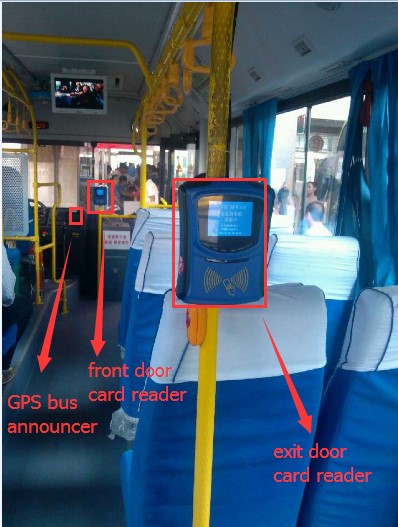
Characteristics:
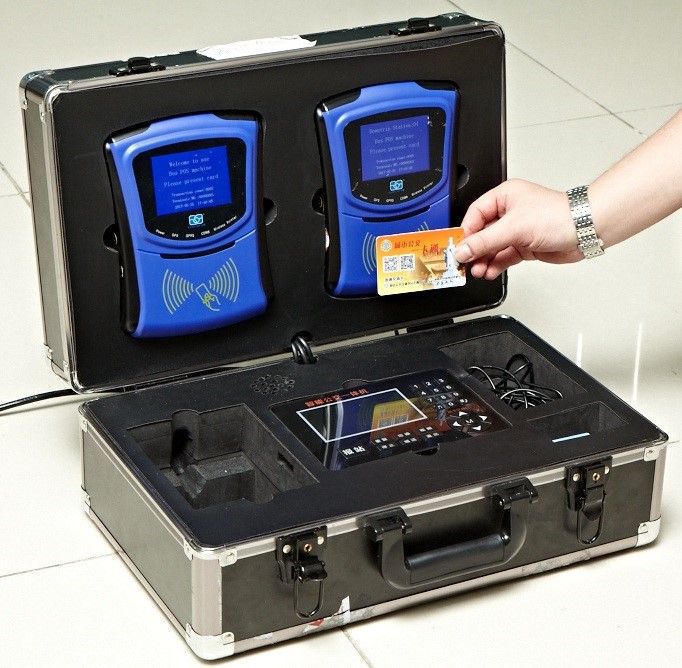
Example:
While many examples of distance-based fare systems remain largely theoretical or in the design phase, new smart card-based distance-based fare schemes have gradually been introduced in some cities. These schemes utilize smart cards and on-board signaling equipment to calculate and collect fares based on the actual distance traveled. The journey is divided into multiple segments, with each segment carrying a different fare. For instance, the first 3 kilometers might cost 1 yuan, while the next 3-6 kilometers might cost 2 yuan. This approach enhances the fairness and transparency of public transportation, reducing unreasonable fare expenditures.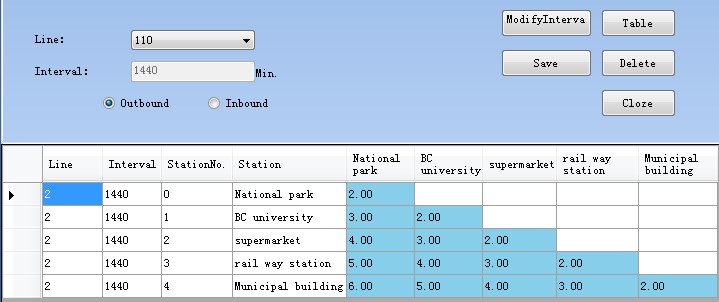
Conclusion
Both flat fare and distance-based fare have their advantages and disadvantages, and the choice between them depends on the specific circumstances and needs of a city. For short-distance or relatively uniform-length routes, flat fare may be more suitable. However, for longer routes or those with significant variations in length, distance-based fare may be more reasonable. Regardless of the chosen scheme, it is crucial to ensure the fairness and sustainable development of public transportation.
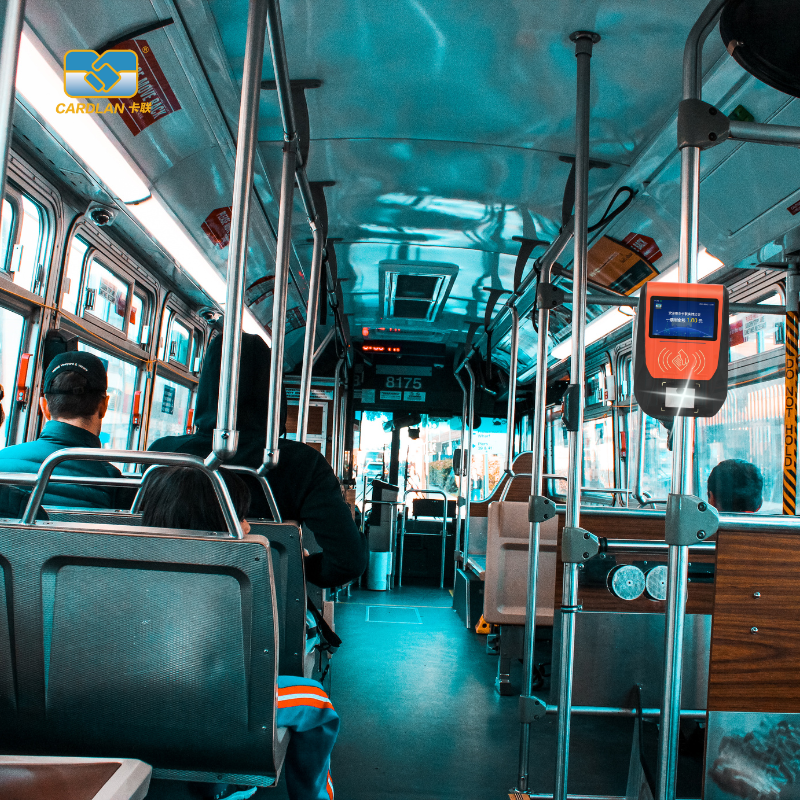 Cardlan flat fare/Zonal fare collection solution
Cardlan flat fare/Zonal fare collection solution
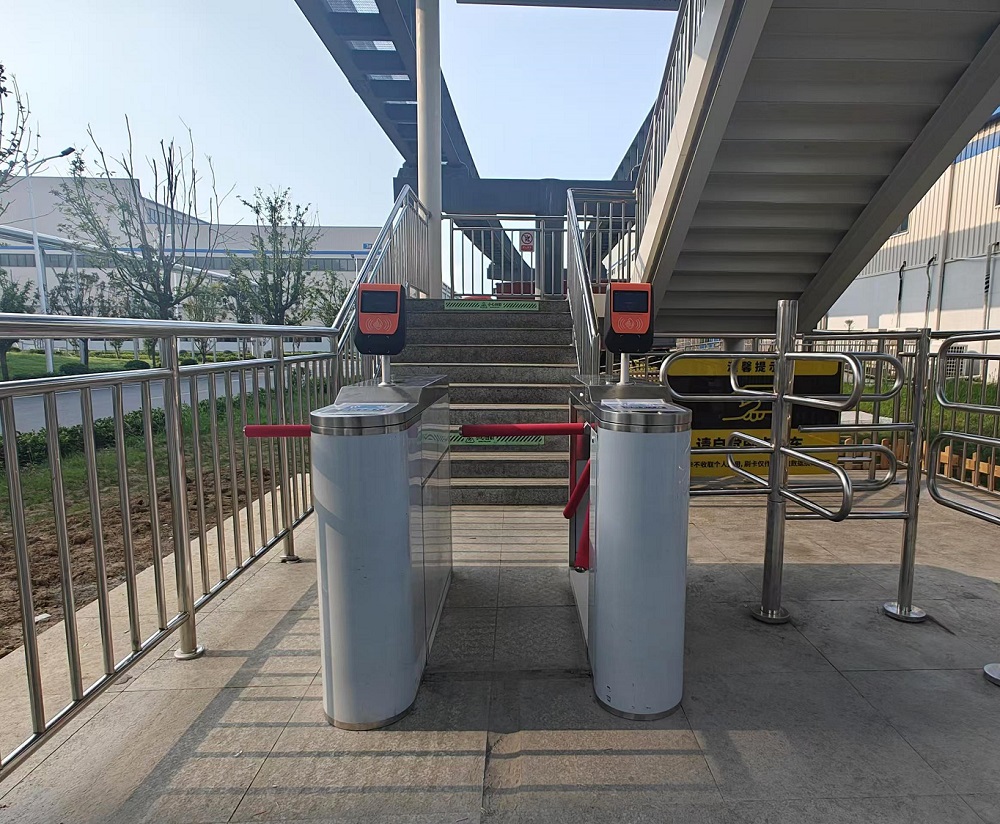 Application of Relay Function in Bus Card Readers for Gate Control
Application of Relay Function in Bus Card Readers for Gate Control
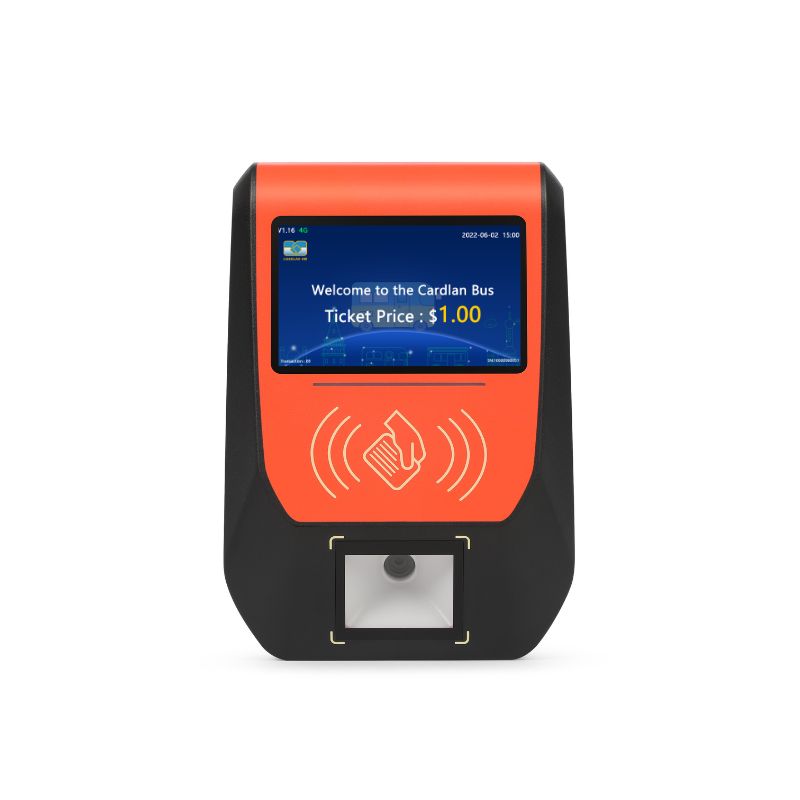 Development of Bus Fare Collection Machine Hardware and SDK
Development of Bus Fare Collection Machine Hardware and SDK
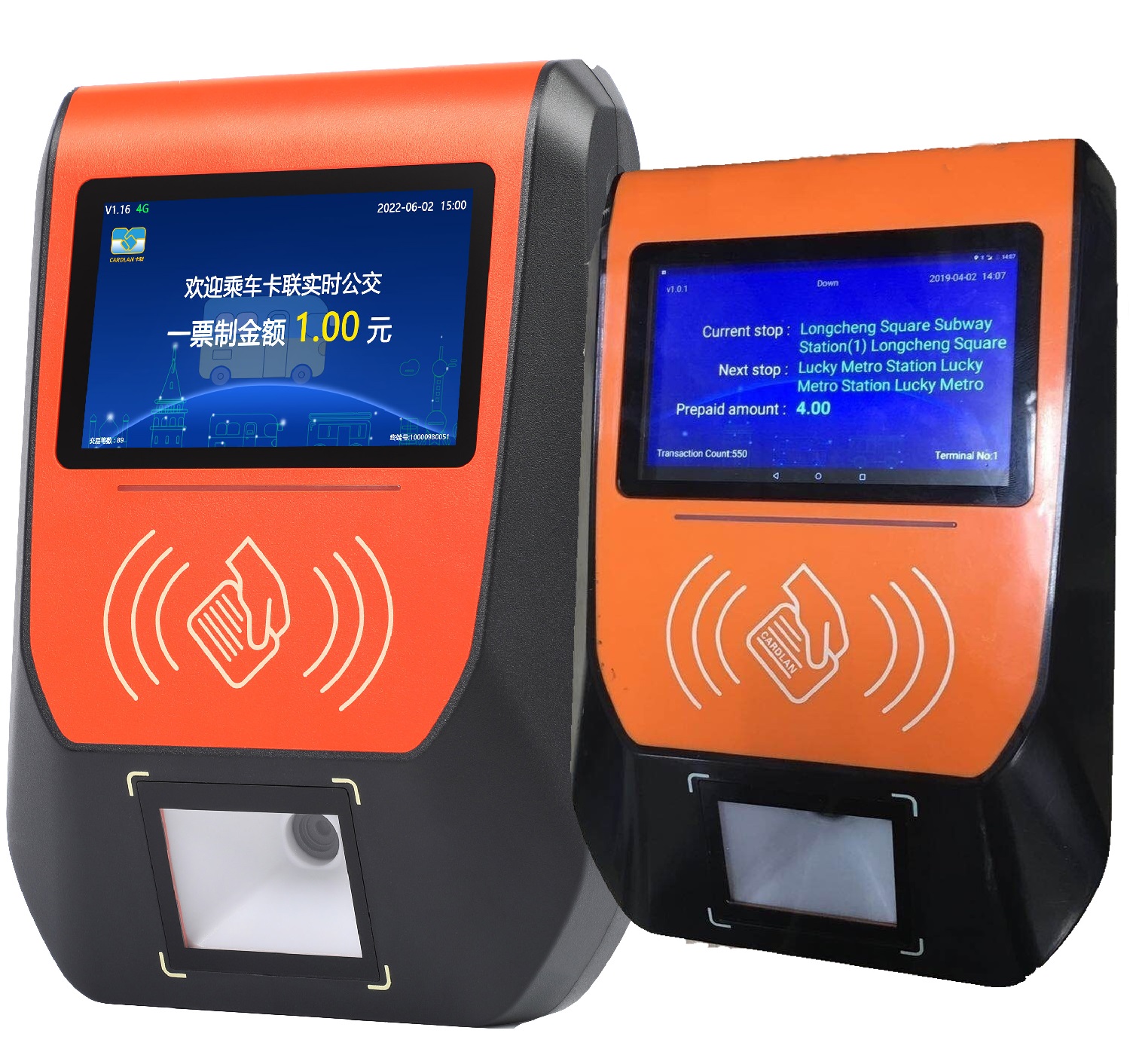 Why some buses have one card reader some have two card readers?
Why some buses have one card reader some have two card readers?